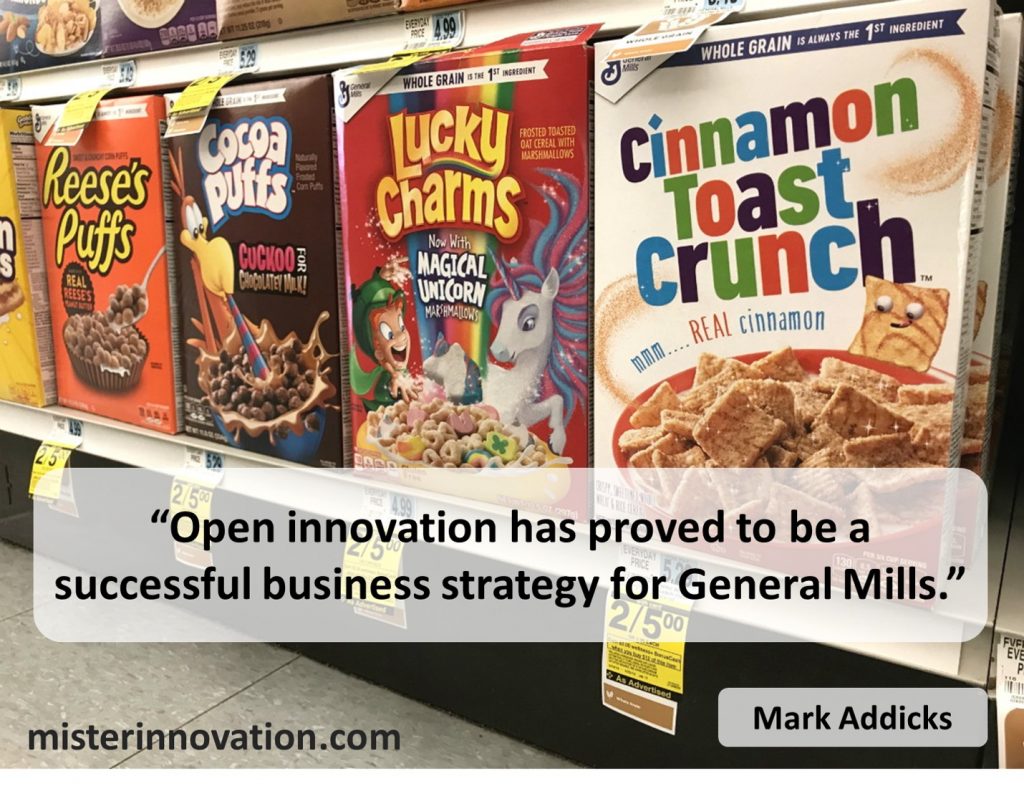
GUEST POST from Chateau G Pato
In today’s fast-paced and interconnected world, fostering cross-functional collaboration has become crucial for organizations aiming to drive breakthrough innovations. The ability to bring diverse teams together, breaking down silos and leveraging collective expertise, is a proven catalyst for successful innovation. This article delves into the importance of cross-functional collaboration and presents two compelling case studies that highlight its transformative power.
Case Study 1: Procter & Gamble’s Connect + Develop Program
One exemplary case of cross-functional collaboration for breakthrough innovation is Procter & Gamble (P&G)’s Connect + Develop program. P&G recognized the need for external inputs and diverse perspectives to drive disruptive innovation and address complex consumer challenges. The program laid the foundation for building collaborations with external partners, including startups, inventors, and academia, to co-create groundbreaking solutions.
Through Connect + Develop, P&G fostered cross-functional collaboration by creating a platform that allowed different teams to engage with external partners. This collaboration brought together scientists, engineers, marketers, and designers to work alongside external experts, accelerating the innovation process. By dissolving internal boundaries and extending their innovation ecosystem beyond traditional boundaries, P&G witnessed unprecedented breakthroughs such as the development of the Swiffer, a game-changing cleaning tool.
Key Takeaway: P&G’s Connect + Develop program showcases the power of cross-functional collaboration in driving breakthrough innovations. By leveraging external expertise and promoting diverse collaboration, P&G achieved remarkable success in meeting customer needs and driving market growth.
Case Study 2: Tesla’s Battery Gigafactory
Another compelling case study demonstrating the value of cross-functional collaboration can be observed in Tesla’s Battery Gigafactory project. Tesla recognized the criticality of battery storage technology for the widespread adoption of electric vehicles and renewable energy solutions. To overcome existing limitations and drive breakthrough innovations in battery technology, Tesla embarked on an ambitious project to build the world’s largest battery factory.
Tesla’s Battery Gigafactory brought together professionals from various disciplines, including battery experts, automation specialists, engineers, and supply chain professionals, to collaboratively develop cutting-edge battery technologies from scratch. By integrating diverse fields of expertise, Tesla fostered a culture of cross-functional collaboration, fueling the rapid advancement of battery technology and significantly lowering production costs.
Key Takeaway: Tesla’s Battery Gigafactory project exemplifies how cross-functional collaboration can revolutionize an industry. By engaging experts from multiple domains and aligning their efforts under a shared vision, Tesla transformed the electric vehicle market and accelerated the shift towards sustainable energy solutions.
Conclusion
The case studies of P&G’s Connect + Develop program and Tesla’s Battery Gigafactory project illustrate the transformative impact of cross-functional collaboration on driving breakthrough innovations. By breaking down silos, fostering diverse perspectives, and leveraging collective expertise, organizations can create an ecosystem that thrives on collaboration. To embark on the path of successful breakthrough innovation, organizations should embrace cross-functional collaboration as a core principle, enabling them to surpass existing boundaries and achieve unprecedented growth and market success.
SPECIAL BONUS: The very best change planners use a visual, collaborative approach to create their deliverables. A methodology and tools like those in Change Planning Toolkit™ can empower anyone to become great change planners themselves.
Image credit: Unsplash
![]() Sign up here to get Human-Centered Change & Innovation Weekly delivered to your inbox every week.
Sign up here to get Human-Centered Change & Innovation Weekly delivered to your inbox every week.



